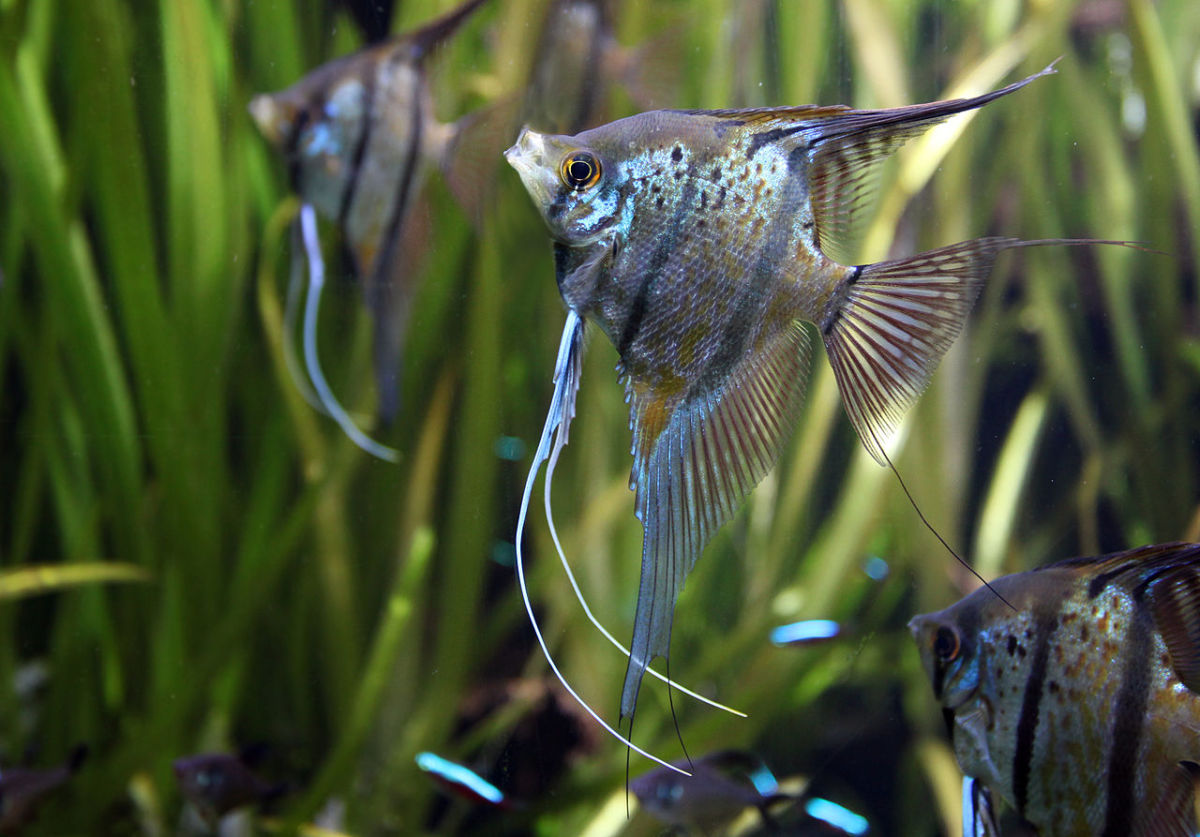
Effective Ways to Distinguish Male and Female Guppy
Understanding the differences between male guppies and female guppies is essential for any aquarium enthusiast, especially if you're interested in breeding and maintaining a balanced tank environment. These small, colorful fish are not only popular pets due to their low maintenance requirements but also their captivating behaviors and varying colors. Grasping the physical distinctions between male and female guppies can facilitate better tank management and breeding practices.
This article will delve into the key characteristics that differentiate male and female guppies, their behaviors, breeding techniques, and considerations for effective guppy care. Whether you're setting up a new guppy tank or simply want to enrich your knowledge, understanding these differences is paramount to ensuring the health and well-being of your aquatic pets.
Key takeaways include insights into identifying fish genders based on size, coloration, fin shapes, and behaviors, aiding in successful guppy breeding and maintenance strategies.
Identifying Male Guppy Characteristics
To effectively distinguish male guppies, it’s important to focus on their physical traits and behaviors. Males are typically smaller than females, usually measuring around 1 to 2 inches in length, and are recognized for their vibrant colors and patterns.
Color Variations in Male Guppies
Male guppies are known for their bright, eye-catching colors. They display more vibrant hues and intricate patterns compared to females, who tend to have more subdued coloration. The diversity in color is a result of selective breeding, showcasing shades like blue, green, red, and black. It’s essential to note that the intensity of the colors can signify health and genetic quality, thus informing selection for breeding purposes.
Size Comparisons
When considering size criteria, male guppies are generally smaller, averaging between 1 to 2 inches, while females range from 2 to 4 inches. This size difference is significant and can aid beginners in identifying the gender effectively.
Fin Types and Shapes
Male guppies often possess larger and more flamboyant fins compared to their female counterparts. Their tail fins can vary greatly in shape and size—ranging from round to more flowing types. In contrast, female guppies have smaller, less ornate fins, which remain more functional for swimming rather than display.
Mating Behavior in Male Guppies
One of the most distinctive behaviors of male guppies is related to their mating rituals. Males exhibit distinct courtship behaviors, such as displaying their vibrant colors to attract females and engaging in intricate swimming patterns. Observing these actions can provide insight into their health and vitality, crucial for breeding practices.
Recognizing Female Guppy Characteristics
In contrast to males, female guppies demonstrate distinct physical attributes and behaviors that make them identifiable. By understanding these features, aquarists can ensure a balanced male-female ratio unhampered by overpopulation challenges.
Physical Traits of Female Guppies
Female guppies generally possess a larger body, which is more rounded than males. This is particularly pronounced when they are pregnant and can carry numerous babies, or fry, within them. This trait is critical for breeding considerations and requires adequate care to ensure the fry's survival.
Color and Pattern Differences
Females typically have muted colors, dominated by shades of brown and gray, with less vibrant marking. The contrast to males' vivid coloration not only serves as a distinction but also plays a role in their survival, providing camouflage from potential predators in the wild.
Behavioral Traits of Female Guppies
Behaviorally, female guppies are generally less aggressive and more reserved compared to males. They often play a passive role during mating rituals but can show preferences for certain males based on behavior and color display, which ensures the genetic quality of their offspring.
Fry and Reproduction Considerations
Understanding female guppies’ reproductive capabilities is crucial. They can give birth to roughly 20 to 30 fry every month, leading to rapid population growth in a home aquarium setting. This necessitates monitoring for overpopulation and determining effective tank mates to maintain a healthy aquarium environment.
Guppy Care and Maintenance for Both Genders
Guppy care involves ensuring optimal conditions in the aquarium, which is essential for both male and female guppies. This includes proper water parameters, suitable tank setup, and a balanced diet.
Water Quality and Temperature for Guppies
Maintaining excellent water quality is vital for guppy health. Ideal parameters for guppy tanks include a pH range between 6.8 and 7.8 and a temperature range of 74°F to 82°F. Regular water changes and filtration can help prevent diseases and promote vibrant colors.
Tank Setup and Environment
A guppy-friendly tank setup should include plenty of floating and rooted plants, providing hiding spaces for fry and adults alike. Furthermore, ensuring compatibility with tank mates can reduce stress and promote a peaceful ecosystem.
Nutritional Needs of Male and Female Guppies
The dietary requirements for male and female guppies are somewhat similar, focusing on a mix of high-quality flake foods, live food, and vegetable matter. However, pregnant females may require additional nutrients and a specialized diet to support their fry development.
Breeding Techniques and Practices
Effective guppy breeding hinges on understanding the specific needs and behaviors of both genders. Knowledge of guppy genetics and traits can guide aquarists in selecting suitable breeding pairs.
Choosing the Right Breeding Pair
Selecting the right breeding pair is vital for desired traits in offspring. Assessing genetic variations and historical breeding success can enhance the likelihood of maintaining specific colors and patterns among guppy fry.
Breeding Tank Setup
A breeding tank should be specifically designed to provide lower stress and ample hiding spots. Using a separate breeding tank can significantly improve the survival rate of fry by safeguarding them from other fish and ensuring the females recover adequately post-birthing.
Monitoring Guppy Fry Development
Once the fry are born, monitoring their growth and health is essential. A suitable feeding schedule and selected fry food can ensure optimal growth rates and health outcomes. Observing fry behavior can also indicate the success of breeding techniques and tank conditions.

Health Considerations and Common Issues in Guppies
Understanding potential health challenges is crucial in maintaining guppy populations. Good breeding practices, water quality, and nutrition can mitigate these issues.
Common Diseases in Guppies
Guppies are susceptible to various diseases, including ich, fin rot, and velvet disease. Recognizing early signs will help in timely treatment and preventing potential outbreaks within the tank. Regular health checks and maintaining tank hygiene can promote overall fish health.
Stress Signs and Management
Guppy behavior can signify stress, impacting their health and longevity. Signs include hiding, rapid gill movement, and aggression. Identifying stressors such as overcrowding, poor water parameters, or incompatible tank mates is crucial for recourse.
Conclusion: Incorporating Knowledge for Successful Guppy Care
In conclusion, distinguishing between male and female guppies involves recognizing their unique characteristics and behaviors. By incorporating this knowledge into your guppy care practices, you can enhance the maintenance and breeding success of your aquarium. Achieving a balanced male-female ratio will also support healthy conditions for both genders, ensuring a vibrant and diverse guppy community in your home. Regular monitoring of their health and environment will ultimately lead to successful and rewarding guppy ownership.
